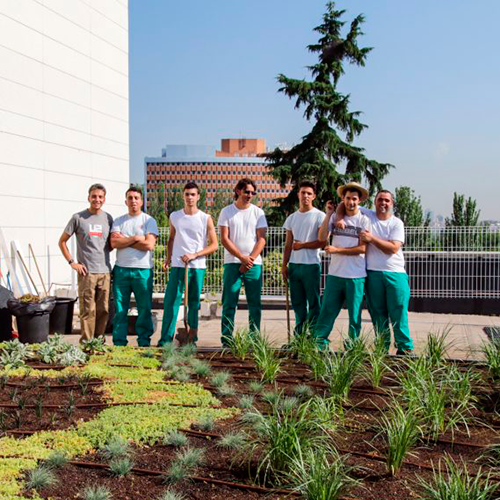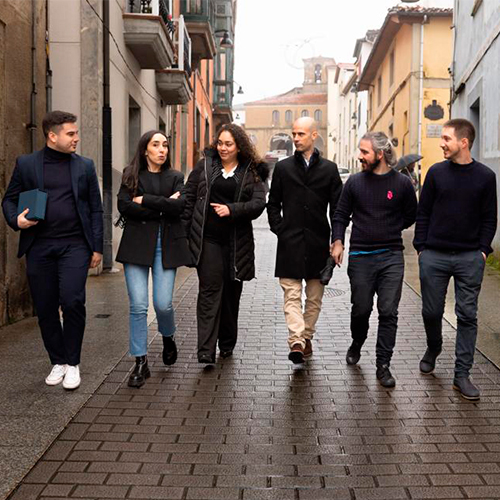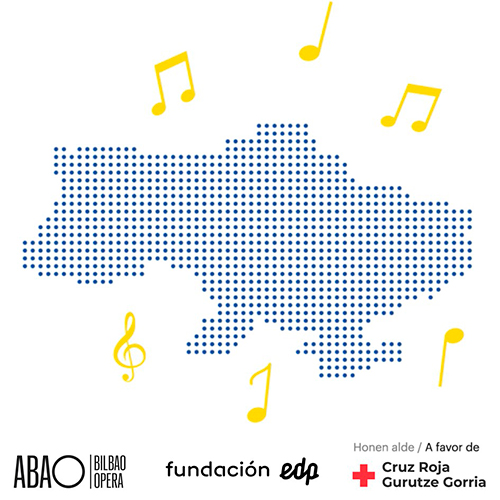You are in:
- News
Jump Main Menu. Go directly to the main content (Acces key S)
You are in:
Start of main content

04.23.2018
The interest of the EDP Foundation with the EDP Solidaria programme lies not only in financially supporting social projects that have a potential social or environmental impact, but also provide them with tools to maximize the impact.
That is why we believe in measuring social impact. We consider it fundamental for all the organizations that work in the sector, should know the difference we are managing to achieve in the people or context we plan to change: Has something changed? Has anyone changed? In what way? Could we have benefited more people with the available resources? Could we have changed this context or these people more with the resources available in our organization?
In order to support and promote the management of the impact, the EDP Foundation has requested the organizations that participated in EDP Solidaria 2016 to report on the Theory of Change and impact indicators of the funded projects, comparing the changes effectively achieved at the end of the project, with the starting point (“baseline”) for each type of beneficiary. We have subsequently “organized” these specific change indicators for each project according to the large transversal categories of the LBG model: Impact in the Community (change in the perceptions/attitudes, change in competencies or in quality of life); Impact in organizations and impact on the environment.
The result of this exercise has enabled us to identify how many were, really, the people who benefited –directly or indirectly- from the projects supported, and in what way these have influenced them. According to the organizations, there were 48,533 people, of which 24,229 were direct beneficiaries.
Almost all of the direct beneficiaries have changed their behaviour or attitude, one way or another. This improvement was reported by almost all the projects (87%). We mention, by way of example, the representative sample (less than 5% margin of error) who has responded to the APACI survey within the context of the Cremalleras project, where 97% report to have improved their knowledge of congenital heart diseases and 65% say they have changed their perception of people who suffer these diseases.
Additionally, it is estimated that 7% of the total amount of beneficiaries have improved their competencies. These improvements in competencies were reported in 11 of the 15 projects (73%) and refer to a wide range of different competencies: (related to the vegetation cover of the Tomillo Foundation, for example), technological, employment competencies, social or academic skills (for students promoted by the Daydream Foundation), among others.
Finally, it is estimated that 3% of the total amount of beneficiaries have improved their quality of life. This is a relatively low figure, because the most substantial and lasting changes (which can be assimilated, under certain circumstances, for an improved quality of life) take place over a longer time span than the horizon of the projects analysed here. Many projects initially work on changing attitudes or improving competencies, with a medium to long-term goal of having a positive effect on the quality of life.
Slightly more exhaustive detailed information is attached on the impact achieved by each one of the organizations.
 A project featuring the light from miners' lamps by students from the Oviedo School of Art wins the the EDP Foundation's public art competition for the Tineo centre
12.19.2022
A project featuring the light from miners' lamps by students from the Oviedo School of Art wins the the EDP Foundation's public art competition for the Tineo centre
12.19.2022
Luz Minera is the title of the winning project of the second Public Art Ideas Competition, a competition organised by the EDP Foundation.
Environmental
 The EDP Foundation backs solidarity concerts for Ukraine
05.30.2022
The EDP Foundation backs solidarity concerts for Ukraine
05.30.2022
On 31 May the Oviedo Philharmonic Society is organising a solidarity concert backed by the EDP Foundation, featuring Ukrainian conductor Yuri Nasushkin, in support of Ukraine.
Culture
 The EDP Foundation lends its support to dance and the offer of culture from the Kursaal
05.24.2022
The EDP Foundation lends its support to dance and the offer of culture from the Kursaal
05.24.2022
The National Dance Company presents a new version of Giselle, from the perspective of Spanish romanticism.
Culture
 Nothing produces more positive energy than music! Let's donate ours to the Ukrainian comminity!
04.22.2022
Nothing produces more positive energy than music! Let's donate ours to the Ukrainian comminity!
04.22.2022
Music has been, is and will be a universal tool of unity, fraternity and peace.
End of main content